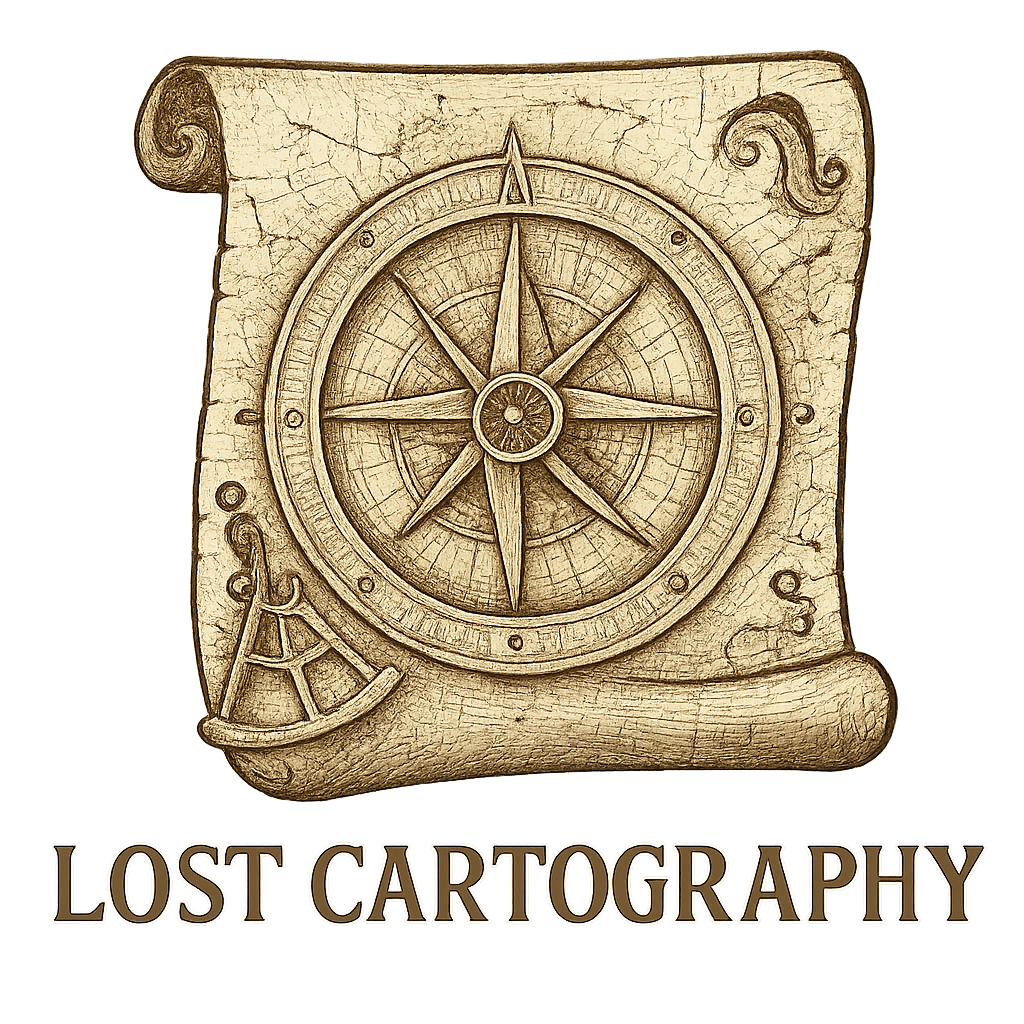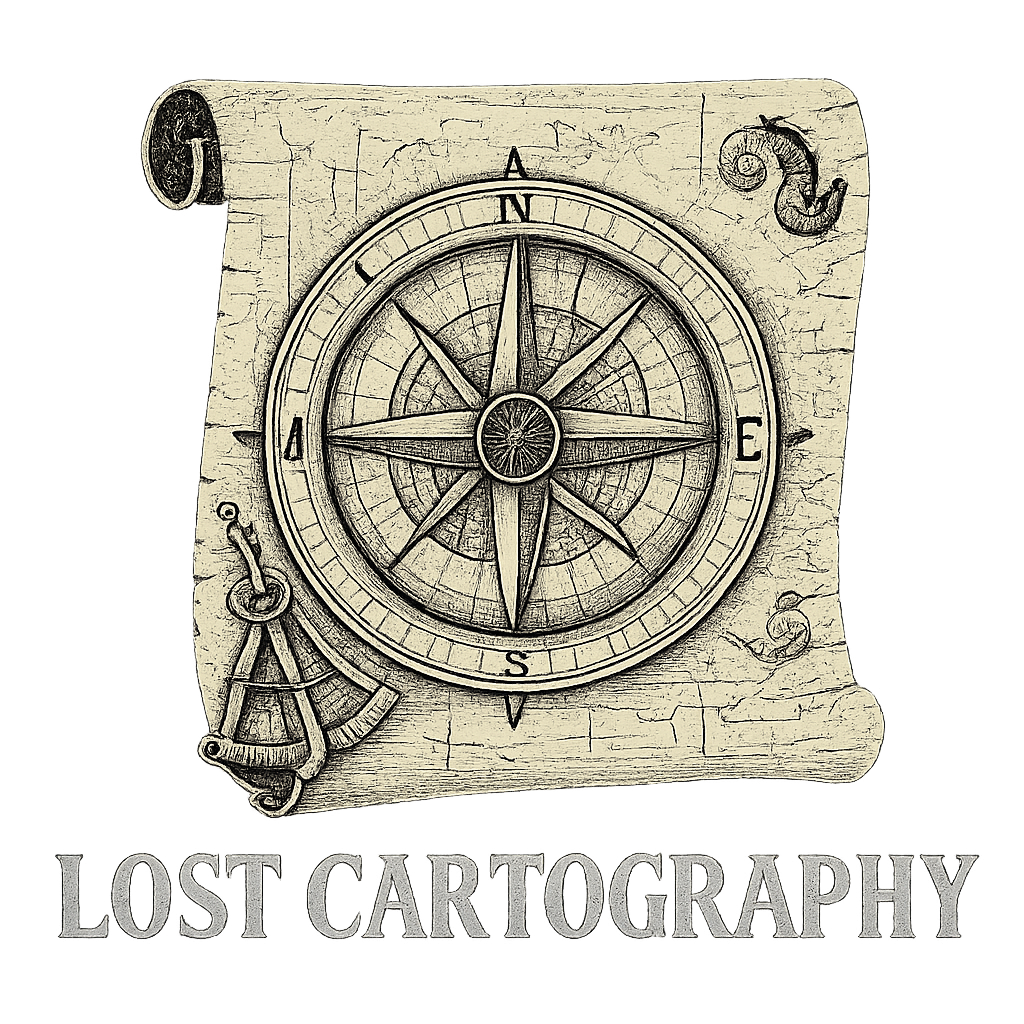Now Reading: Shifting Borders: How Wars Redrew the World Map
-
01
Shifting Borders: How Wars Redrew the World Map

Shifting Borders: How Wars Redrew the World Map
The world maps we know today is a testament to the transformative power of warfare. From ancient territorial conquests to modern geopolitical conflicts, wars have repeatedly changed national boundaries, reshaped continents, and altered the destinies of countless populations.
The relationship between conflict and cartography runs deep through human history. Maps serve as both witnesses and instruments of change during times of war – documenting territorial gains and losses while simultaneously being used as tools for military strategy and political negotiation. This dual role of maps is further complicated by the fact that some places have vanished from maps, while others have been shrouded in mystery, leading to the creation of the world’s most mysterious maps.
Understanding how wars have historically changed maps and borders provides crucial insights into current geopolitical tensions and potential future conflicts that may once again reshape our world map. Moreover, it’s essential to grasp how to read and interpret ancient maps or recognize the hidden messages in maps which often hold secrets about past events and decisions.
The Historical Context of War and Cartography
Cartography, the art and science of mapmaking, has always been used as a way to gain power and keep track of changes in land ownership throughout history. From the Babylonians to the Romans, ancient civilizations created maps to record their conquests and establish control over newly acquired lands.
The Impact of the Napoleonic Wars on Cartography
The connection between war and cartography became even stronger during the Napoleonic Wars (1803-1815). Napoleon’s military campaigns relied heavily on detailed topographical maps, which led to significant improvements in surveying techniques and map accuracy. His cartographers developed new methods for depicting terrain features, completely changing how military planning and strategy were done.

Key Advances in Military Cartography during the Napoleonic Wars
- Detailed topographical maps became essential for understanding battlefield terrain
- Surveying techniques were refined to create more accurate representations of landscapes
- New methods for depicting elevation and slope were developed, aiding in artillery positioning
- Maps played a crucial role in coordinating troop movements and logistics
The Influence of World Wars on Cartographic Innovation
The World Wars brought about significant changes in military cartography:
- Aerial photography emerged as a crucial tool for battlefield mapping
- New symbols and notations were developed to represent troop movements
- Specialized maps showed strategic targets and supply routes
- Underground bunker systems required complex three-dimensional mapping
Maps as Weapons of Deception
Throughout history, military forces have used maps as tools of deception:
- The British created fake maps during WWII to mislead German intelligence
- Soviet cartographers deliberately distorted maps of strategic locations
- Japanese forces produced misleading maps of Pacific islands to confuse Allied advances
The Evolution of Warfare and its Impact on Cartography
The development of cartographic techniques went hand in hand with the evolution of warfare itself. As conflicts became more complex, so did the maps used by military planners. New methods were devised to represent various factors such as weather patterns, population demographics, and resource distribution.
This shift transformed cartography from being just a means of recording information into an invaluable strategic asset. It allowed military leaders to gain insights into their adversaries’ strengths and weaknesses, plan operations with greater precision, and make informed decisions on the battlefield.
The Ongoing Influence of Mapmaking in Modern Warfare
Even today, this strategic aspect of mapmaking continues to shape modern military operations. With advancements in technology such as digital mapping tools and satellite imagery, the relationship between warfare and cartography has become even more intricate.
These innovations provide militaries with unprecedented access to geospatial data, enabling them to analyze terrains at an unparalleled level. This knowledge can be leveraged for various purposes – from conducting reconnaissance missions to planning urban warfare strategies – ultimately influencing the outcome of conflicts.
As we delve deeper into understanding how war has shaped our world through maps, it’s essential not only recognize their historical significance but also appreciate their ongoing relevance within contemporary contexts.
Major Wars That Changed Maps
World War I and Its Impact
World War I was a crucial event that reshaped global boundaries, leading to the downfall of four major empires. The consequences of this war were far-reaching, affecting countries across Europe and beyond.
The German Empire’s Losses
The German Empire suffered significant territorial losses as a result of the war. Key areas such as Alsace-Lorraine were returned to France, while parts of Prussia were ceded to the newly reformed Poland. These changes not only altered the map of Europe but also had a profound impact on the lives of millions.
The Collapse of the Russian Empire
The collapse of the Russian Empire had far-reaching consequences for Eastern Europe. Finland, Estonia, Latvia, and Lithuania all gained independence in the aftermath of the war. This shift in power dynamics would shape the region’s politics for years to come.
New Nation-States from the Austro-Hungarian Empire
The dissolution of the Austro-Hungarian Empire created several new nation-states:
- Austria and Hungary emerged as separate entities
- Czechoslovakia formed from multiple ethnic regions
- Yugoslavia united several Balkan territories
- Poland reclaimed lands from both German and Austrian control
These newly formed countries faced their own challenges as they sought to establish their identities and navigate complex ethnic tensions.
The Reshaping of the Middle East
The disintegration of the Ottoman Empire had a profound impact on the Middle East:
- Turkey emerged as a sovereign state
- Syria and Lebanon fell under French mandate
- Iraq, Palestine, and Transjordan came under British administration
These changes laid the groundwork for future conflicts in the region, as competing nationalist movements vied for control over newly created borders.
The Treaty of Versailles and Its Aftermath
The Treaty of Versailles signed in 1919 formalized many of these territorial changes through a series of mandates and new borders. It aimed to establish lasting peace but often overlooked cultural realities.
Key Provisions of the Treaty
Some key provisions included:
- Redistribution of German colonies in Africa among Allied powers
- Creation of the Free City of Danzig
- Establishment of the Rhineland as a demilitarized zone
- Transfer of Shandong Peninsula to Japanese control
However, one decision proved particularly controversial—the transfer of Shandong Peninsula ignited Chinese nationalism and set off ripples across East Asia. This move contradicted President Wilson’s principle self-determination since it disregarded local aspirations.
Long-Term Consequences: Power Dynamics & Ethnic Tensions
These border changes created new power dynamics that would influence global politics for generations. The redrawn boundaries often ignored cultural realities, planting seeds for future conflicts across Europe, Middle East, Asia.
Maps: Reflections & Distortions
Such significant changes in territorial boundaries are often reflected in maps. For instance, the most valuable maps ever sold serve as historical documents telling stories about transformative periods.
Moreover, ancient mapping techniques reveal how our understanding geography has evolved over time—allowing navigators explore new territories leading rise fall empires.
However it’s essential note that while maps powerful tools navigation understanding geography they can also perpetuate myths. The myth lost continents highlights how sometimes distort reality.
Wars have significantly changed maps throughout history. They have created new nations, altered power dynamics, influenced global politics. Understanding these changes requires studying historical events examining representing transformations.
The Continued Impact of Wars on Borders
The Balfour Declaration of 1917 marked a pivotal shift in Middle Eastern geopolitics. British Foreign Secretary Arthur Balfour’s letter to Lord Rothschild pledged support for establishing a “national home for the Jewish people” in Palestine. This declaration set in motion a series of events that would permanently alter the region’s territorial landscape.
The UN Partition Plan and Its Aftermath
The UN Partition Plan of 1947 attempted to resolve growing tensions by proposing two separate states:
- A Jewish state comprising 56% of Mandatory Palestine
- An Arab state controlling 43% of the territory
- Jerusalem designated as an international zone
The plan’s implementation sparked immediate conflict. Following Israel’s declaration of independence in 1948, neighboring Arab states launched military interventions, leading to the first Arab-Israeli War. The resulting armistice lines created the “Green Line” – temporary borders that would later become significant reference points in peace negotiations.

The Six-Day War and Its Consequences
The Six-Day War of 1967 dramatically reshaped territorial control:
- Israel gained control of:
- The West Bank from Jordan
- The Gaza Strip and Sinai Peninsula from Egypt
- The Golan Heights from Syria
These territorial changes created new demographic realities. Palestinian populations in the West Bank and Gaza Strip came under Israeli military administration, while Jewish settlements expanded into these territories. The war’s aftermath continues to influence current border disputes, with competing claims over East Jerusalem and ongoing debates about the status of occupied territories.
Ongoing Challenges to Border Definitions
Israel’s construction of security barriers and expansion of settlements has further complicated border demarcations, creating intricate patterns of territorial control that challenge traditional concepts of state sovereignty and borders.
Modern Implications of Historical Border Changes
Historical border changes have a significant impact on today’s geopolitical landscape, causing tensions and influencing international relations. The Kashmir conflict between India and Pakistan is a clear example of how colonial-era border decisions are still causing disputes today. This disputed region, which was created during the 1947 partition of British India, remains a hotspot for conflict between two nuclear powers.
Historical Border Changes and Ongoing Conflicts
Here are some other major ongoing conflicts that can be traced back to historical border changes:
- The South China Sea territorial claims involving multiple Asian nations
- The Kuril Islands dispute between Japan and Russia
- The Western Sahara conflict between Morocco and the Polisario Front
Technological Impact on Territorial Disputes
Modern technology has both positive and negative effects on these territorial disputes. On one hand, advanced satellite technology and GPS mapping allow for precise border definitions. On the other hand, these same tools can be used as weapons:
- Satellite imagery reveals military buildups and settlement expansions
- Digital mapping enables real-time monitoring of territorial violations
- Social media platforms spread competing territorial narratives
- Geographic Information Systems (GIS) document historical claims
The Role of Technology in Strengthening Territorial Claims
The digital age has changed the way borders are disputed and defended. China’s use of artificial islands in the South China Sea is an example of how countries use technology to reinforce their claims over territories. Likewise, crowd-sourced mapping projects have emerged as tools for documenting disputed areas, adding new dimensions to long-standing conflicts.
These shifting dynamics demonstrate how historical border changes continue to influence modern geopolitical relationships, with technological advancements and global interconnectedness amplifying their effects.

Conclusion
The legacy of war-altered borders resonates deeply in our modern world. From the disputed territories of Kashmir to the complex geopolitical dynamics in the Middle East, these historical changes continue to shape international relations, cultural identities, and regional stability.
As we witness ongoing conflicts in various parts of the world, the potential for new border shifts looms large. The Russian invasion of Ukraine serves as a stark reminder that territorial ambitions through military force remain a threat to global peace. Yet, history teaches us that violent border changes often sow seeds of future conflicts.
The path forward lies in:
- Diplomatic negotiations and peaceful conflict resolution
- Respect for international law and sovereignty
- Recognition of diverse ethnic and cultural identities
- Collaborative approaches to territorial disputes
The maps of tomorrow need not be drawn with the brush of warfare. By understanding the lasting impact of historical border changes, we can work toward resolving current territorial disputes through dialogue and mutual understanding rather than force.
























